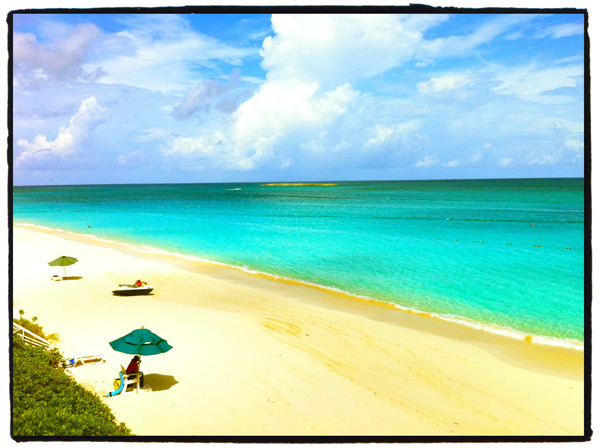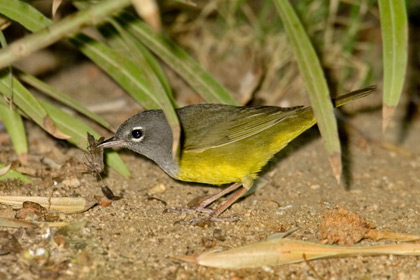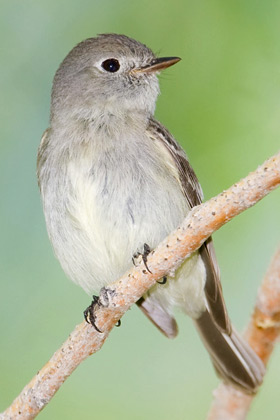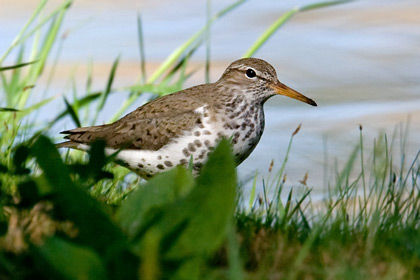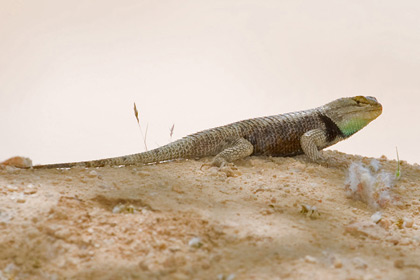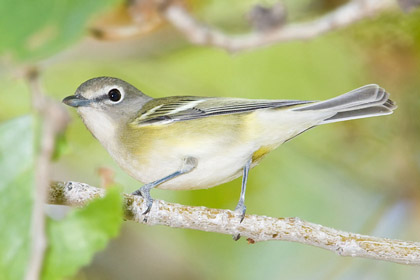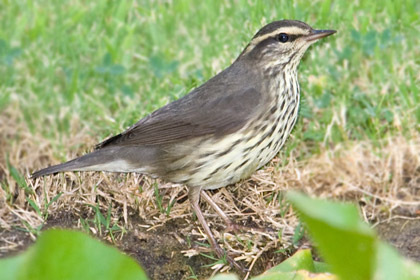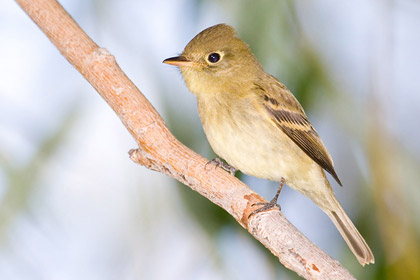We have just returned from a wonderful trip to the Bahamas, visiting Andros and New Providence Islands during our stay. Many thanks to Carolyn Wardle from
Bahamas Outdoors for taking us around the islands and helping us locate many of the endemics that the Bahamas has to offer.
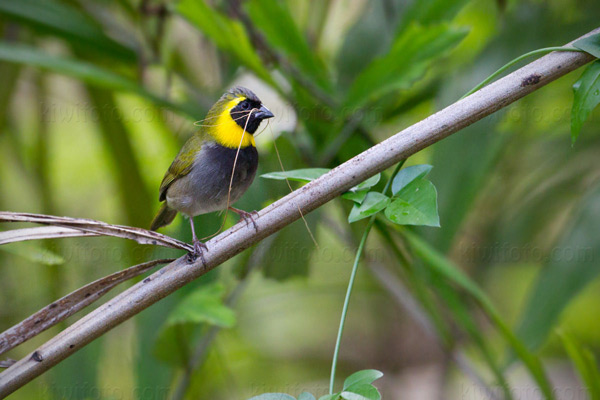
Cuban Grassquit
We started off in Nassau, New Providence Island and were able to locate
Cuban Grassquit,
Black-faced Grassquit,
White-crowned Pigeon,
Cuban Pewee (Crescent-eyed Flycatcher),
La Sagra’s Flycatcher,
Greater Antillean Bullfinch and
Bahama Woodstar with relative ease.
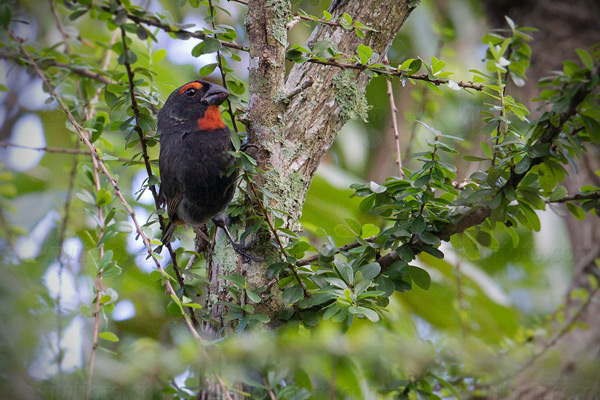
Greater Antillean Bullfinch
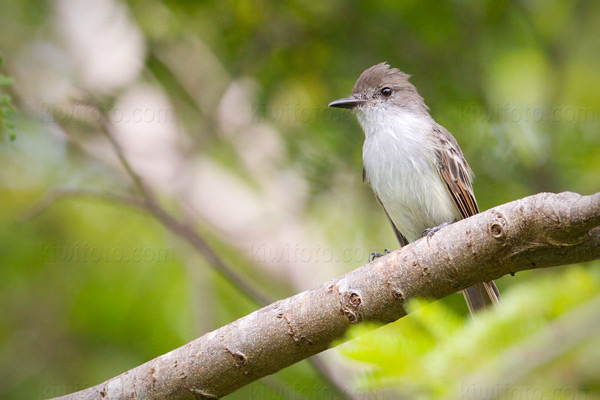
La Sagra’s Flycatcher
We took care to avoid coming in contact with any Poisonwood bushes which were scattered all across the islands of the Bahamas. The anti-dote is pictured in the second photograph and known as the “Gumbo-Limbo” Tree or, as locals refer to it, the “tourist tree” since it is easily identified by it’s bark which is “red and peeling”.
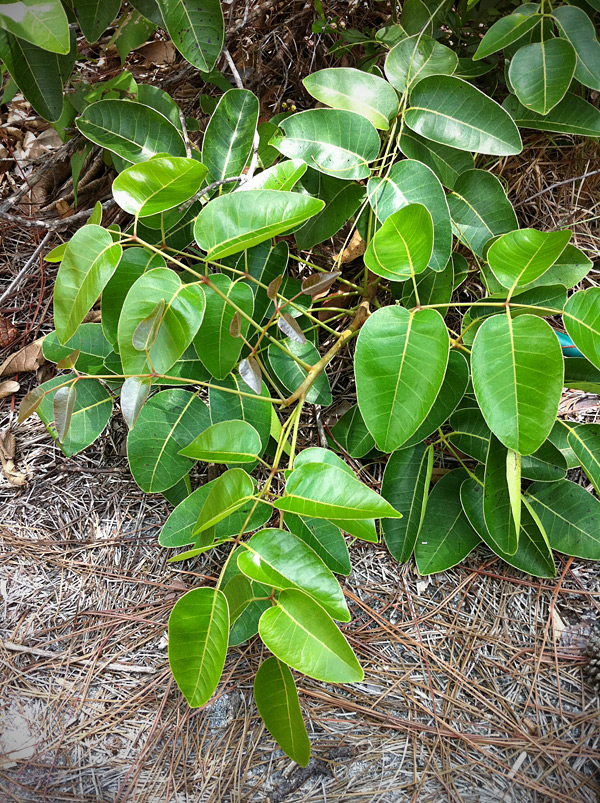
Poisonwood (Metopium toxiferum)
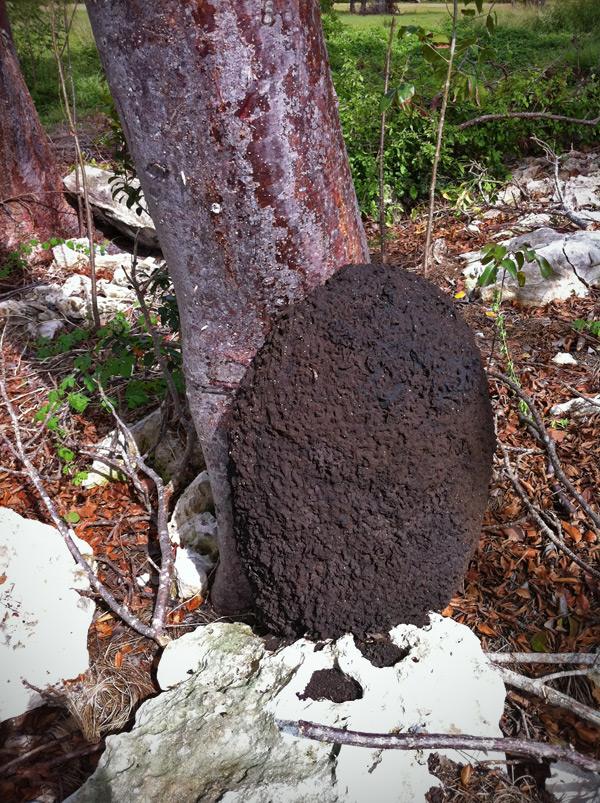
Termite nest – attached to a Gumbo-Limbo Tree
We ended the afternoon with a lovely stop to watch Buffy Flower Bats flying in and out of their cave roosts. The Buffy Flower Bat (Erophylla sezekorni) is a species of bat in the leaf-nosed bat family, Phyllostomidae. It is monotypic within the genus Erophylla. It is only found in the Bahamas, the Cayman Islands, Cuba, and Jamaica.
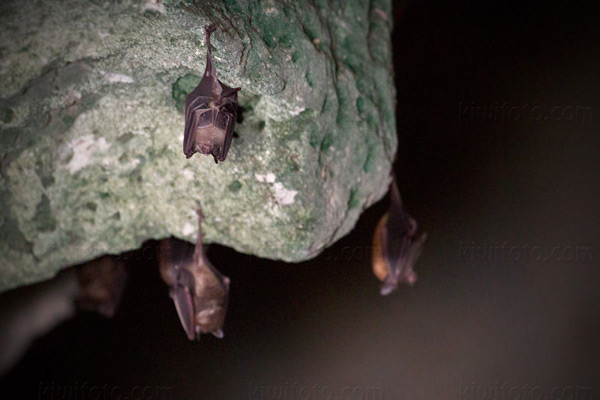
Buffy Flower Bat
Another treat was the Bahamian sub-species of the Curly-tailed Lizard:
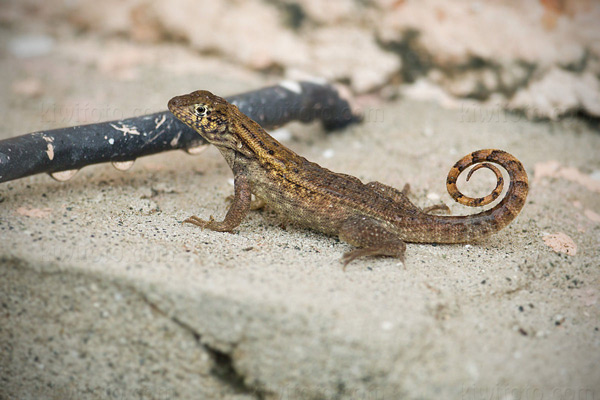
Little Bahama Curly-tailed Lizard
ANDROS ISLAND
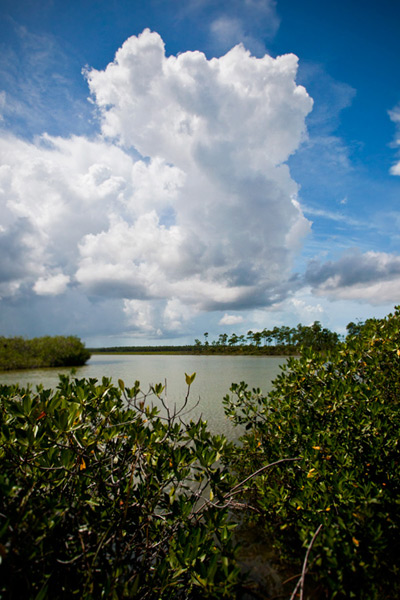
Andros Island
On Monday, Carolyn and I flew over to Andros Island for the day. The primary objectives were to find and photograph Bahama Oriole, Bahama Mockingbird, Bahama Yellowthroat, Bahama Swallow and Great Lizard Cuckoo. We were actually able to find all objectives except for the Bahama Swallow.
We had a quick glimpse of a female Bahama Oriole but I wasn’t fast enough to get a photograph of it before it flew a long ways off and unfortunately we didn’t find any others that day. We did manage to finally find a single Bahama Mockingbird, Bahama Yellowthroat, several Western Spindalis and a lone Great Lizard Cuckoo.
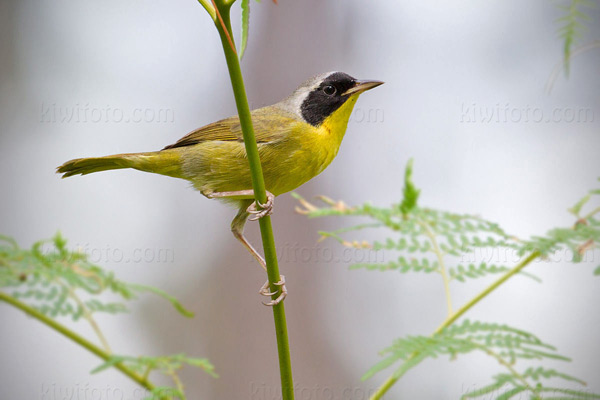
Bahama Yellowthroat
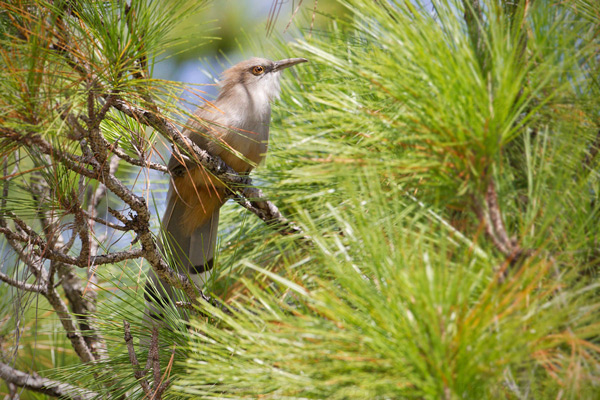
Great Lizard-Cuckoo
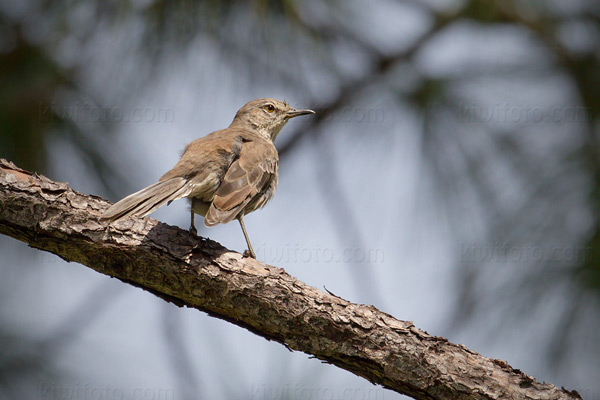
Bahama Mockingbird
It was a treat to be here during the start of fall migration and gave us ample opportunity to see many of the eastern US passerines throughout the day. Mostly Prairie Warblers, Cape May Warblers, Ovenbirds but a particular treat was a fresh HY
Blackburnian Warbler which is quite an uncommon passerine to the islands.
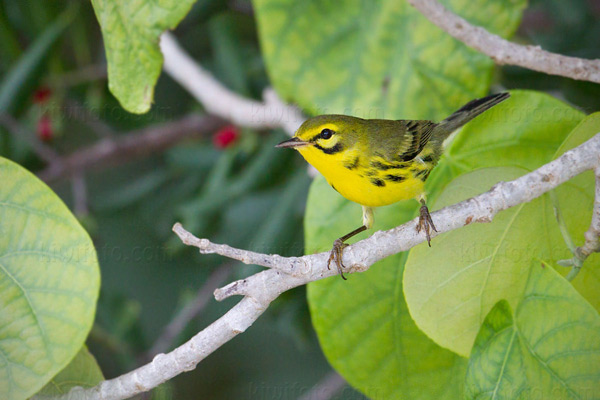
Prairie Warbler
I shall conclude this blog posting with a collection of various images I took throughout our journey of the Bahamas:
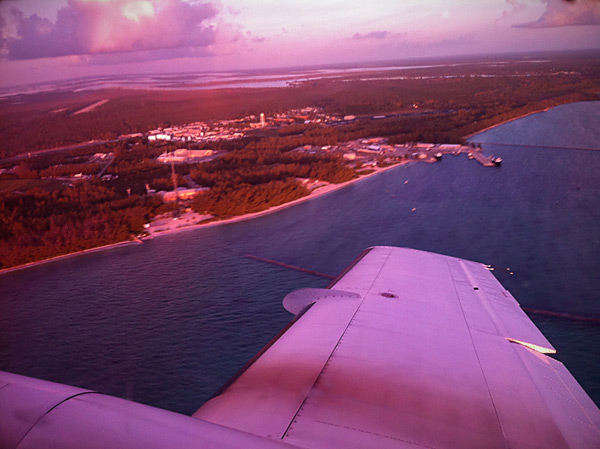
Flying into Fresh Creek, Andros Island
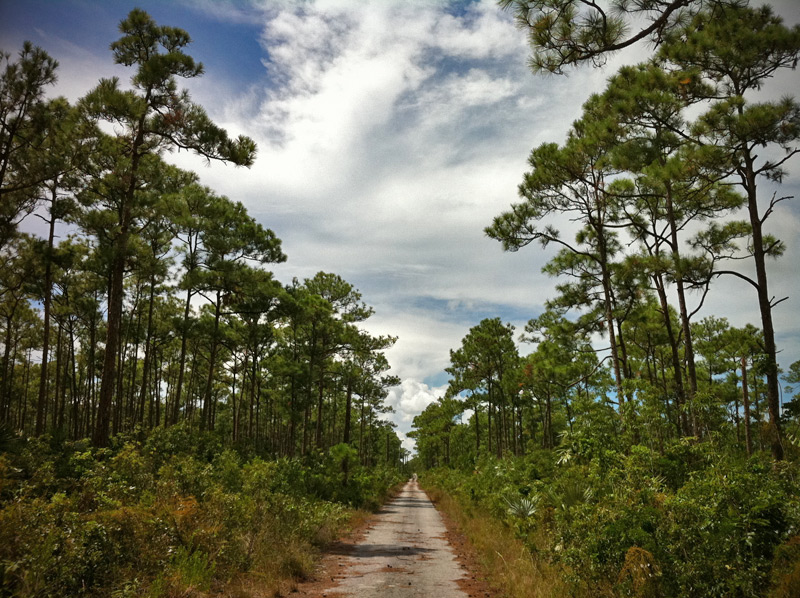
Pine forests of Andros Island
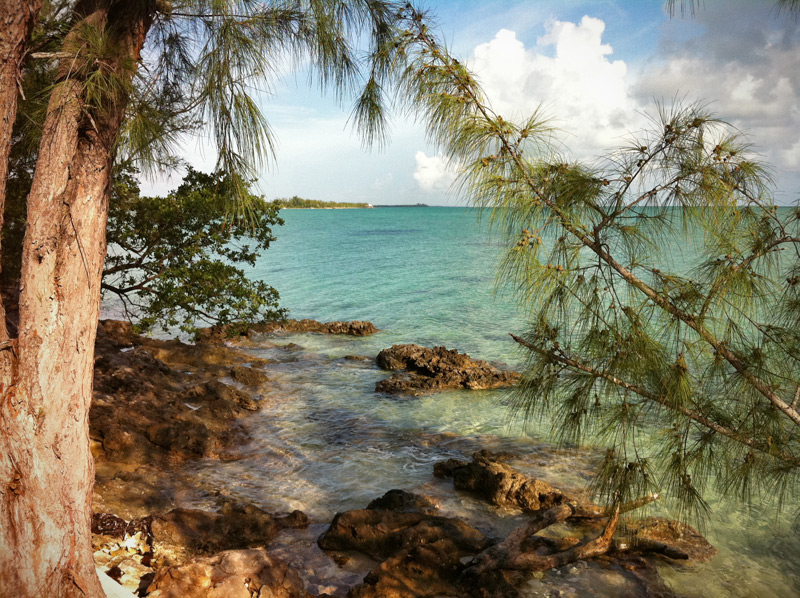
Cove on Andros Island

Our rental car on Andros
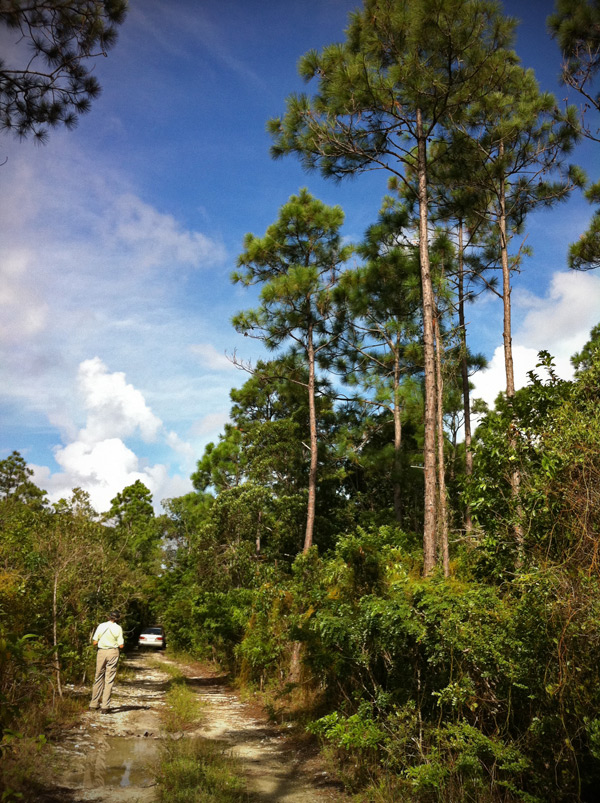
Pine forests on Andros

Playing Co-pilot on flight back to Nassau
